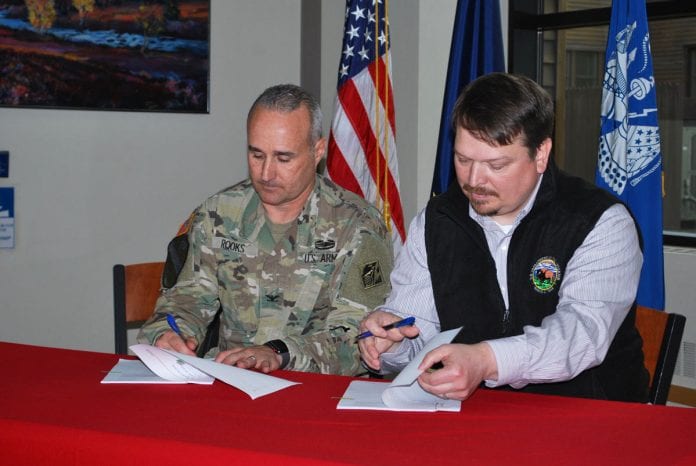
On Jan. 26, a failure occurred at a tailings dam in Brazil holding back 13 million m3 of iron-ore tails. The damage is still being assessed, but at least 34 people died, and the final death toll is likely to be in the hundreds, most company employees. The dam had been certified as safe by inspectors less than a year before, and had biweekly field inspections (http://www.vale.com/EN/aboutvale/news/Pages/Clarifications-regarding-Dam-I-of-the-Corrego-do-Feijao-Mine.aspx). In 2015, a similar failure in Brazil released 82 percent of the 55 million m3 of tailings held, tailings which flowed 250 miles to the sea. In 2014, the Mt. Polley mine in British Columbia released 32 percent of 74 million m3 of tailings, which ran four miles to a salmon lake. In 1998 and 2000, failures released 45 percent and 12 percent of the tailings at dams in Sweden and Spain at smaller mines. Of the 104 tailings dam failures that occurred globally in the last 20 years (https://worldminetailingsfailures.org) these dams were all made of mine waste or rock, stronger than the many dams made of earth or tailings. They were also traditional “slurry” tailings impoundments.
Donlin proposes a rock dam holding back tailings slurry. I participated in cooperating agency meetings for the Donlin mine from 2013-2017. Dams are built in stages as the mine expands. In attempting to determine the impacts for the Environmental Impact Statement (EIS), I requested spills of 5 percent, 10 percent, 20 percent be modeled. The model was done for a spill of 0.5 percent of the tailings from a fully built impoundment. Donlin Gold noted that an EIS did not have to model “catastrophic” failures. Would a release of more than 0.5 percent of the tails be catastrophic? That is certainly something the state and the public should be aware of.
Alaskans have started to move away from these dangerous slurry impoundments. Pogo and Greens Creek mine use the “Dry Stack” method. “Paste tails” or “cement tails” suggested in scoping for Donlin were immediately rejected. The Dry Stack alternative was kept in the EIS, but was never a serious alternative.
The Donlin mine will hold 412 million m3 of tails when fully built – more than seven times the amount held by the Brazilian dam that sent tailings 400 miles to the sea, and 32 times more than the dam that failed on Jan. 26. The Donlin dam will be 470 feet high, the dam at Feijao was 282 ft and at Mt. Polley only 130 feet high. The risk of dam failure at Donlin may be low, as stated in the EIS – but impacts would be generational.
Dams are built in stages, and mines face challenges: swings in metal prices, companies changing hands, changes in weather patterns. All could affect the integrity of the dam and risk overtopping or failure.
At the end of mining, Donlin tailings water will be drained into the pit, an expected 50-year process, which will reduce the pressure behind the dam. But a great deal of water will still remain in the tailings – similar in consistency to Cook Inlet mud. Danger is abated, but not eliminated. The degree to which it is abated isn’t known; that wasn’t modeled either.
DNR is reviewing Donlin’s application to construct a dam. DNR could request a full comparison of Dry Stack and slurry tails economics, technical challenges, and environmental risks. DNR could require modeling of various spill sizes – for emergency preparedness if for no other reason.
The question is – will they?
Zamzow is a former Cordova resident and fisherman. She received her doctorate in environmental chemistry at the University of Nevada, Reno in 2007. Since 2008 she has worked for the Center for Science in Public Participation (www.csp2.org) assisting communities with evaluating the risks of mining projects.
Editor’s note: This article has been updated to correct the distance tailings flowed from the Brazilian dam to 250 miles to the sea. It previously stated 400 miles, which should have been kilometers.














